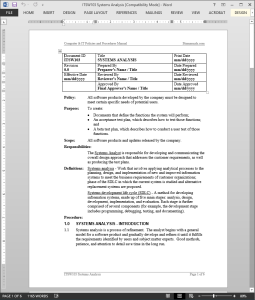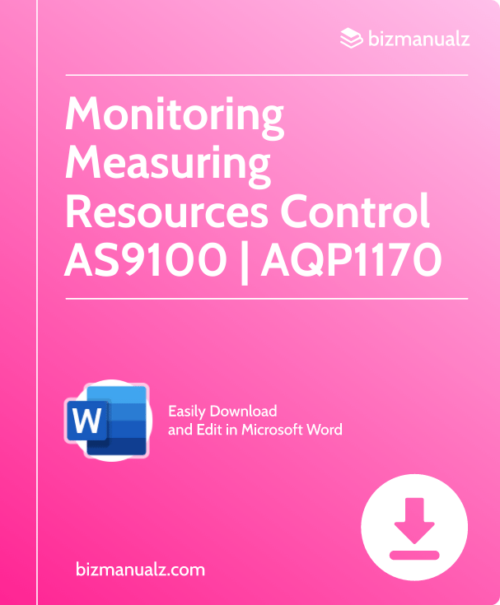Streamline Your Systems Analysis with Our Procedure Template Word Product
Looking to improve your systems analysis process? Look no further than our Systems Analysis Procedure Template Word product. This comprehensive template is designed to help you streamline your systems analysis process, ensuring that you can identify and address any issues or inefficiencies in your systems quickly and effectively.
Our Systems Analysis Procedure Template Word product includes a range of helpful features, including detailed instructions on how to conduct a thorough systems analysis, customizable templates for documenting your findings, and a range of helpful tools and resources to help you identify and address any issues that arise.
Whether you’re a small business owner looking to improve your internal processes, or a large corporation looking to streamline your operations, our Systems Analysis Procedure Template Word product is the perfect solution. With its user-friendly design and comprehensive features, it’s the ideal tool for anyone looking to improve their systems analysis process and ensure that their systems are running as efficiently as possible.
So why wait? Order your Systems Analysis Procedure Template Word product today and start streamlining your systems analysis process today! With its comprehensive features and user-friendly design, it’s the perfect tool for anyone looking to improve their systems analysis process and ensure that their systems are running as efficiently as possible.
Systems Analysis Procedure
The purpose of the Systems Analysis Procedure is to create documents that define the functions the system will perform. The Systems Analysis Procedure also creates an acceptance test plan—which describes how to test system functions—and a beta test plan—which describes how to conduct a user test of those functions.
The Systems Analysis Procedure applies to all software products and updates released by the company. (6 pages, 1270 words)
Systems Analysis Responsibilities:
The Systems Analyst is responsible for developing and communicating the overall design approach that addresses the customer requirements, as well as producing the test plans.
Systems Analysis Definitions:
Systems analysis – Work that involves applying analytical processes to the planning, design, and implementation of new and improved information systems to meet the business requirements of customer organizations; phase of the SDLC in which the current system is studied and alternative replacement systems are proposed.
Systems development life cycle (SDLC) – A method for developing information systems, made up of five main stages: analysis, design, development, implementation, and evaluation. Each stage is further comprised of several components (for example, the development stage includes programming, debugging, testing, and documenting).
 Systems Analysis Procedure Activities
Systems Analysis Procedure Activities
- Systems Analysis-Introduction
- Systems Analysis-Requirements
- Systems Analysis-Information Flows Documentation
- Systems Analysis-Acceptance Test Plan
- Systems Analysis-Beta Test Plan
- Systems Analysis-Review
Systems Analysis Procedure References
- ISO/IEC 12207:1995- Information Technology-software Life Cycles Processes
- IEEE/EIA 12207.0-Standard Industry Implementation of International Standard ISO/IEC 12207:1995(ISO/IEC 12207) Standard for Information Technology Software Life Cycle Processes






















Reviews
There are no reviews yet.